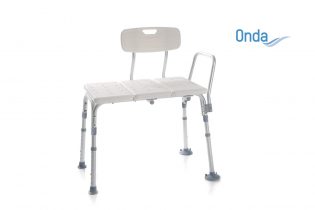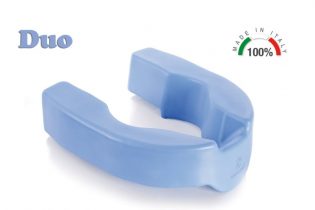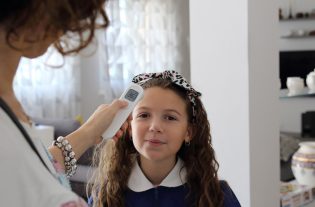The British have two separate words to indicate their place of residence physically and figuratively: house is the building, the walls, the physical space in which they reside; home is the domestic environment shared with family members and where we feel safe.
As we age and whenever independent mobility is reduced, these two concepts might no longer be in alignment. The way in which our house and home or our furniture is organised and arranged might make our loved ones feel less secure.
Use of the bathroom for personal hygiene, the kitchen to prepare meals and the bedroom to get a good night’s rest could be the source of discomfort and difficulty.
Realising that a home setting is not ideal is not enough and steps should be taken to reorganise the areas to ensure they are functional and safe.
Checking access to the areas, eliminating anything superfluous to need and any source of potential hazard, then adding aids that support our loved ones and simplify their movements, are all essential to protecting their independence.
Being able to manage their own personal hygiene independently and safely is extremely important for the elderly and for people with reduced mobility.
Independent personal hygiene is essential to feeling good about ourselves and with others, as such an important and private part of our lives.
Here are five simple and concrete steps to support caregivers and family members in ensuring that the bathroom is safe.

1. Less is more
Eliminate anything superfluous to need and, above all, anything that could be a hazard. This could be a rug on which someone could easily trip, furniture that reduces access to the sanitary facilities and ornaments and objects that just take up space.
2. Examine the routes
Once everything unneeded has been removed, it is important to observe how our loved ones move to get to the bathroom independently, taking particular notice of slippery surfaces or movements to get into and out of the bathtub and the shower.
Simulating their movements and considering their physical and mental conditions is the only way to identify where intervention is needed and where support handles, chairs, booster seats and transfer seats are needed.

3. Ergonomics and safety
The third step gets to the heart of our intervention plan, once everything unneeded has been removed and everything needed has been identified. It is now time to decide what aids best suit our loved ones. Ergonomics and safety should be considered inn assessing the products available on the market.
A secure aid that meets precise safety standards guarantees the utmost reliability and an ergonomic one helps the user, as the design reduces effort in every stage of use.
4. Light and colour
It is essential to consider the lighting conditions in making a bathroom safe, and to create the correct colour scheme. It is important both to assess whether the light sources are well-distributed in the different areas of use of the bathroom, and to use colour to create easily identifiable spaces.
A break in colour between the walls and the floor, or use of a toilet seat or booster seat in a different colour, is important, particularly if our loved ones have sight impairments or Alzheimer’s.

5. Delicacy and firmness
For elderly people or those who spend a lot of time at home, the introduction of changes into the domestic environment is a minor revolution. The role of the caregiver is particularly delicate here: it is important to explain the reasons for introducing these changes to our loved ones and to pick ones that suit their personal tastes, as far as possible.
It is good to be kind but firm, seeking to attribute a new role to the bathroom within the domestic setting.
This is why it is important to remind them of the pleasure of caring for ourselves, seeing the bathroom not just as a daily need, but a pleasant and safe space in which to pamper ourselves and, as the British would say, to “feel at home”.










